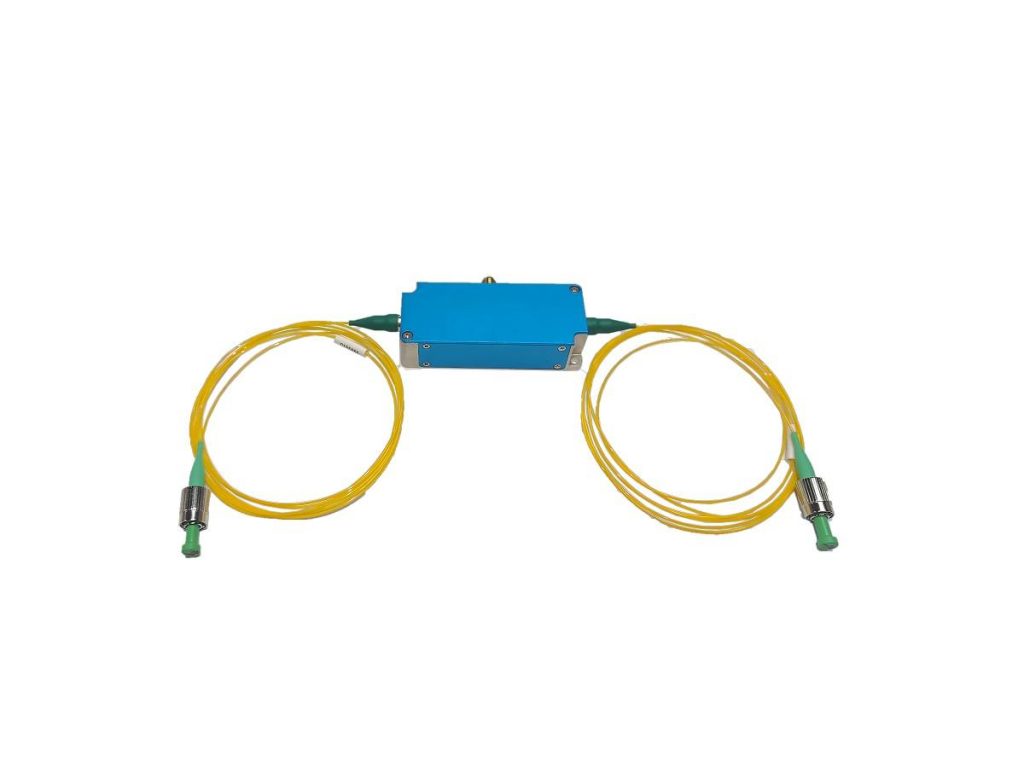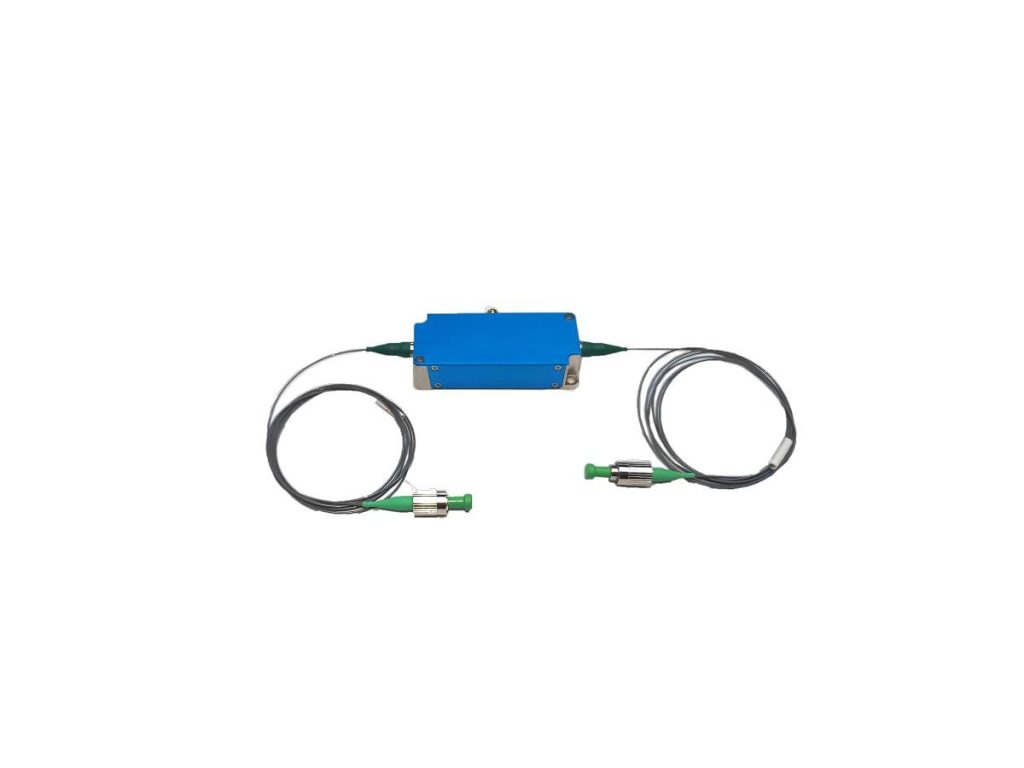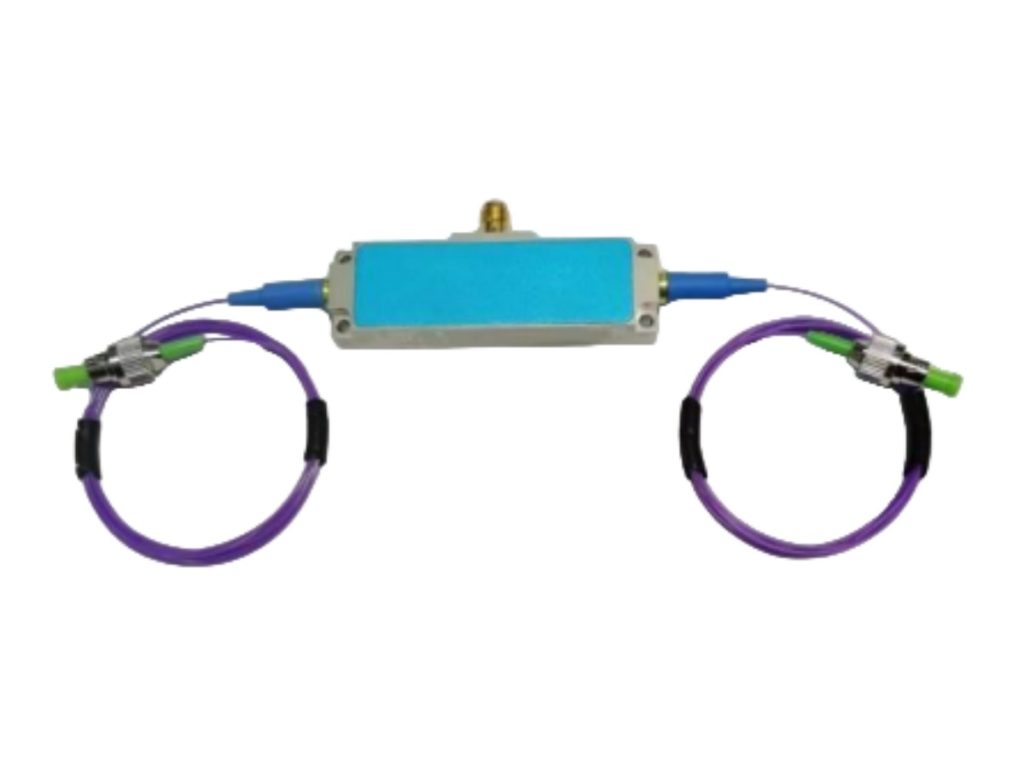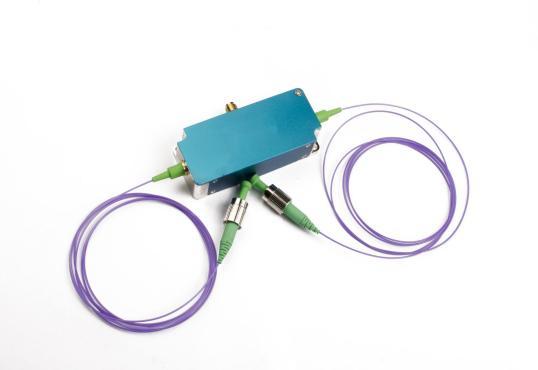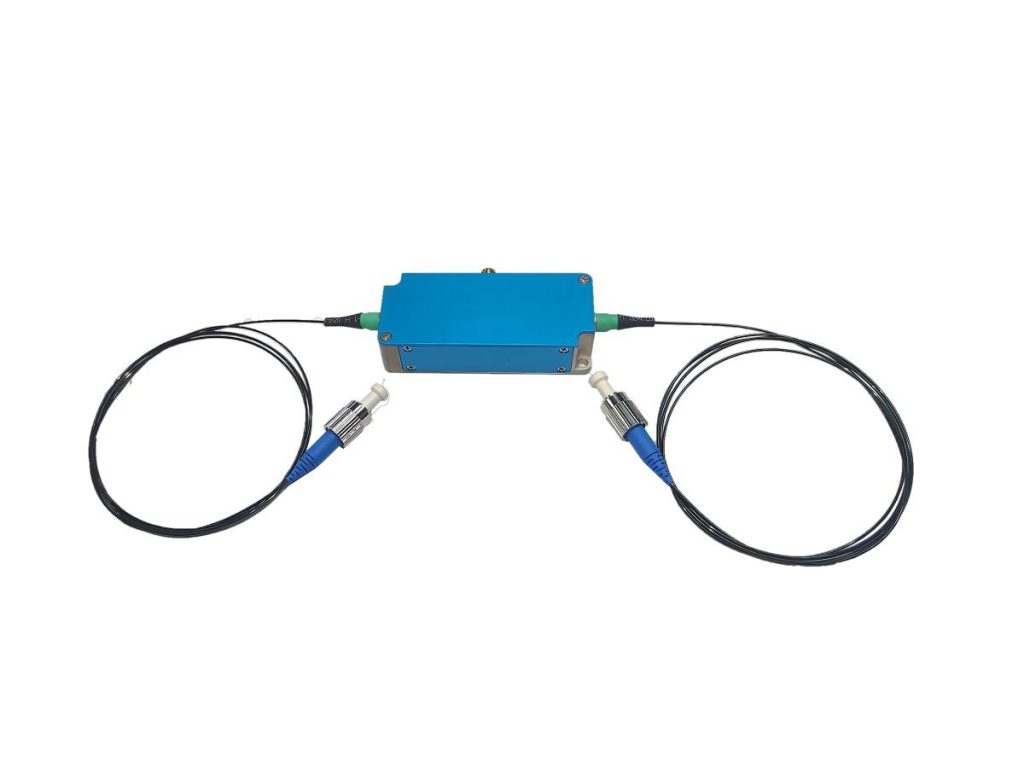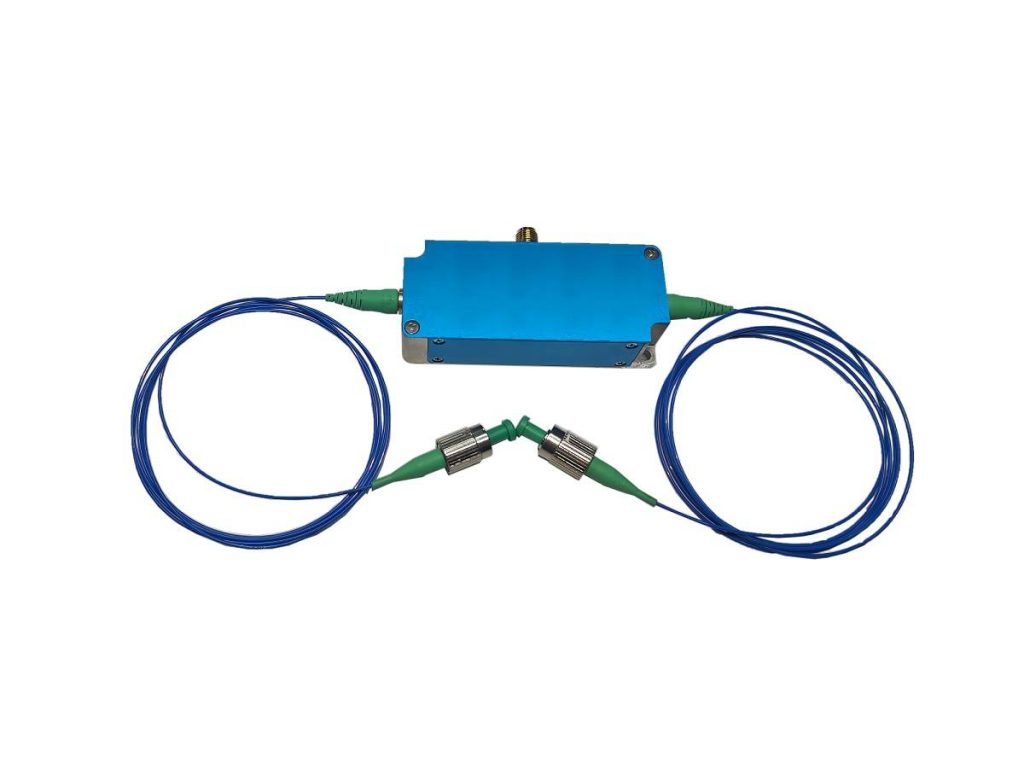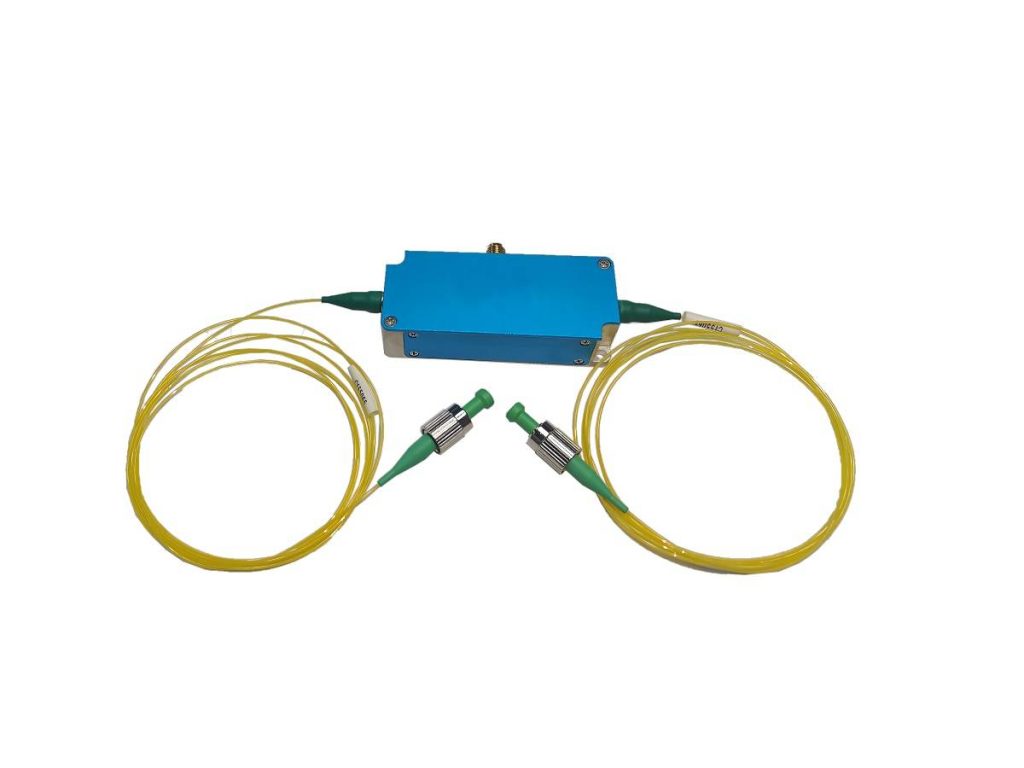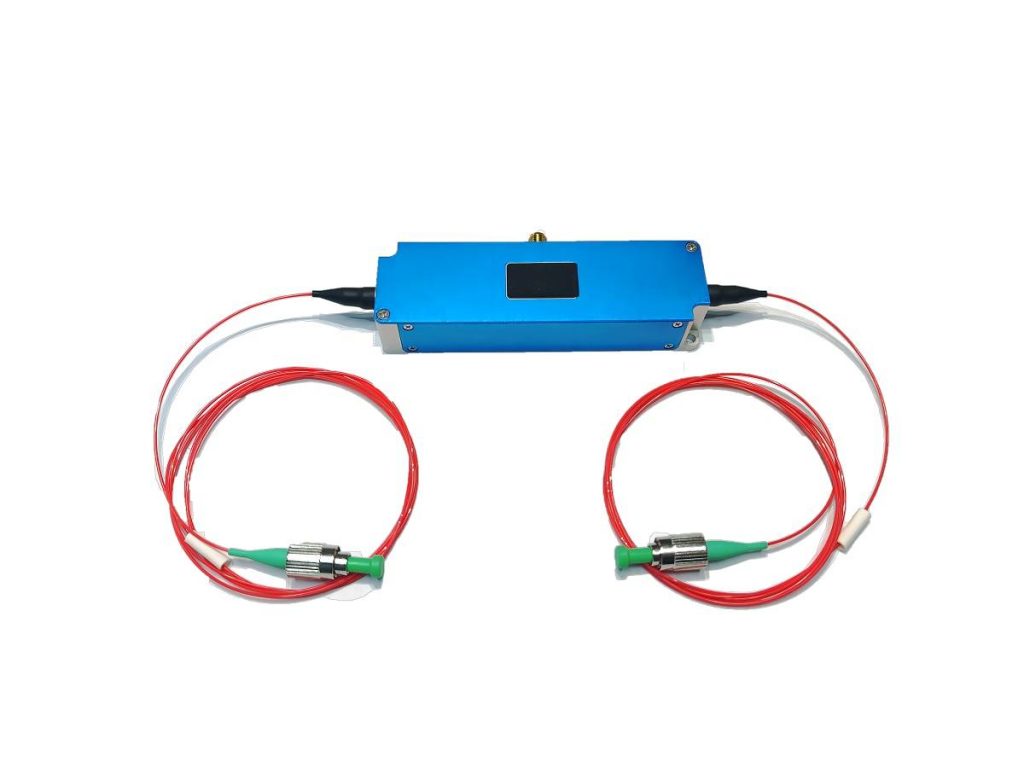Fiber Coupled Acousto-Optic Modulator: Factors Affecting Performance
Fiber coupled acousto-optic modulator (FCAOM) is an important optoelectronic device that plays a crucial role in optical communication, signal processing, and optical computing. It uses the refractive index change caused by the propagation of sound waves in optical fibers to modulate optical signals. However, the performance of FCAOM is influenced by various factors, which determine its effectiveness in practical applications. A thorough analysis of these factors is crucial for optimizing device design, improving performance, and expanding its application scope.
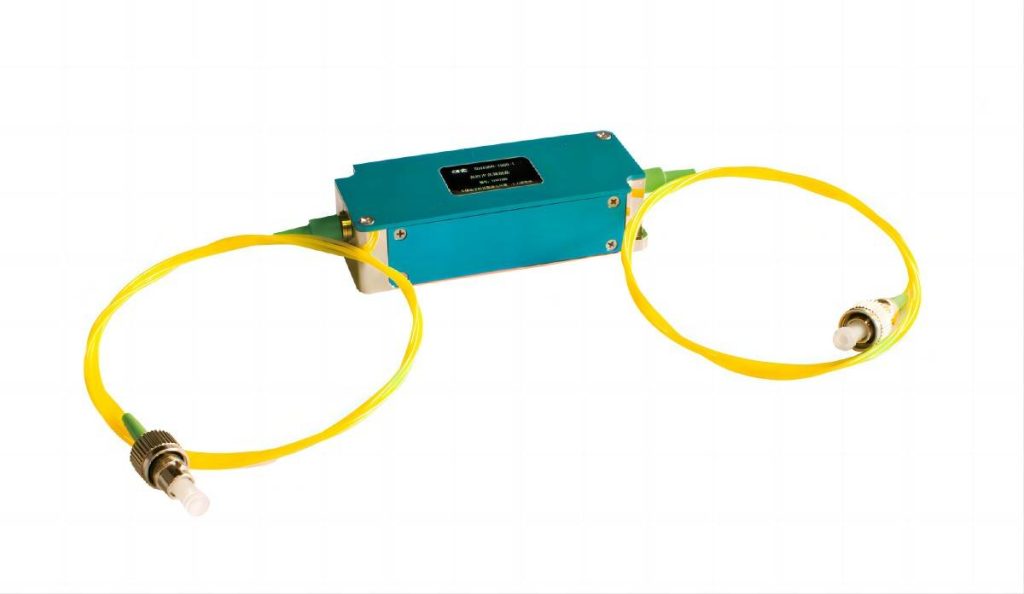
Effect of Material Properties on FCAOM Performance
The properties of the materials used significantly affect FCAOM performance. Here are some key material properties:
- Refractive index change rate: The core material of FCAOM is usually a crystal or glass with a high acousto-optical coefficient, such as quartz. The higher the coefficient, the greater the refractive index change rate, resulting in a more efficient optical signal modulation. For example, the use of specially doped quartz glass can significantly improve the acousto-optic coefficient, thereby enhancing FCAOM performance.
- Acoustic attenuation: When sound waves propagate in the material, they will be lost due to absorption and scattering, weakening the acousto-optical effect. Therefore, the selection of low tone attenuating materials is crucial to improve the performance of FCAOM. For example, high-purity single crystals exhibit lower acoustic attenuation, thereby increasing modulation efficiency.
- Optical loss: Optical fiber materials experience optical loss, both absorption and scattering. These losses reduce the transmitted optical power and affect the modulation depth and bandwidth of the FCAOM. In order to minimize optical loss, low-loss fiber materials can be used, or the optical transmission path can be optimized through a specific fiber structure design.
- Thermal stability: FCAOM generates heat during operation. If the material exhibits poor thermal stability, a decline in performance may occur. Therefore, the selection of materials with good thermal stability is crucial to ensure the long-term stable operation of FCAOM. Special heat treatment processes can be implemented to enhance the thermal stability of the material.
Structural Design and its Impact on FCAOM
The structural design of FCAOM is another important factor affecting its performance. Here are some key design parameters:
- Acousto-optic waveguide design: The design of an acousto-optic waveguide directly affects the intensity and modulation efficiency of the acousto-optic effect. By optimizing the size, shape, and refractive index distribution of waveguides, more efficient interactions between sound and light waves can be achieved, thereby improving FCAOM performance. Micromachining techniques can be used to precisely control waveguide structures, enabling the creation of high-performance FCAOM.
- Fiber coupling efficiency: The coupling efficiency between the fiber and the acousto-optic waveguide directly determines the transmission efficiency of the optical signal. The coupling efficiency can be improved by optimizing the connection method, alignment accuracy, and coupling structure design of fiber, thus improving the performance of FCAOM. Active alignment technology can be used to achieve high-precision fiber connections, thereby improving coupling efficiency.
- Mechanical stability: In practical applications, FCAOM is subject to various mechanical stresses, such as vibration and temperature fluctuations. Therefore, the mechanical stability of the structural design is essential to ensure the reliability and stability of the FCAOM. Special packaging materials and structural designs can be used to enhance impact and temperature resistance.
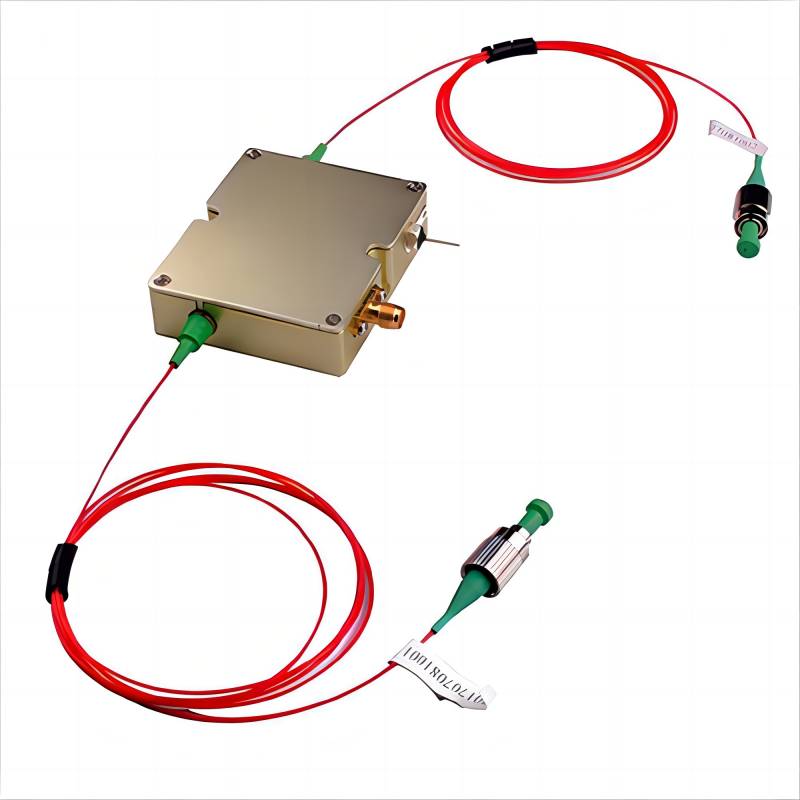
Running Environment and Its Impact on FCAOM
The operating environment can also affect the performance of FCAOM. Here are some environmental factors to consider:
- Temperature variation: The performance of FCAOM varies with temperature fluctuations. High temperatures can cause material thermal expansion and reduce thermal conductivity, ultimately affecting equipment performance. When designing and using FCAOM, it is necessary to consider the operating temperature range and take appropriate heat dissipation measures. For example, using a radiator design or cooling system can effectively reduce the operating temperature of FCAOM.
- Humidity: Changes in humidity can also affect FCAOM. High-humidity environments can cause the material to absorb moisture and expand, affecting performance. When designing and using FCAOM, it is necessary to consider the humidity conditions of the working environment and take appropriate protective measures. Waterproof sealing materials can be used to prevent moisture from entering FCAOM.
- Electromagnetic Interference (EMI): During operation, FCAOM may be easily affected by external EMI, which may lead to optical signal distortion or increased bit error rate. Therefore, it is crucial to adopt appropriate EMI shielding measures in the design and use process to minimize the impact of external EMI. Technologies such as metal shielding shells or electromagnetic compatibility (EMC) designs can effectively reduce the impact of EMI on FCAOM.
Modulation Technology and Its Impact on FCAOM Performance
The modulation technology adopted by FCAOM significantly affects its performance characteristics, such as modulation bandwidth, depth, and overall efficiency. The following is a breakdown of key considerations:
- Modulation type: FCAOM can support various modulation techniques, including amplitude modulation (AM), and frequency modulation (FM). Each technology has different requirements for the operating parameters of FCAOM. The choice of appropriate technology depends on the specific application scenario. For example, long-distance optical communication systems typically use AM or FM.
- Modulation rate: The modulation rate is measured in units such as kilohertz and represents the maximum data rate that FCAOM can process. As the data transmission rate continues to rise, FCAOM needs to exhibit an increasing modulation rate. Optimizing the design and manufacturing process of FCAOM is crucial for achieving higher modulation rates.
- Driving voltage: The driving voltage applied to FCAOM is a key parameter that controls its working state. Excessive voltage may damage the equipment or reduce its performance. On the contrary, insufficient voltage may not achieve the expected modulation effect. Choosing the optimal driving voltage ensures the normal operation and reliability of FCAOM.
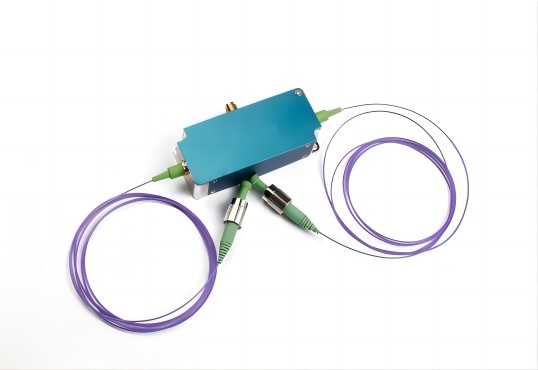
In summary, understanding the interactions between these different factors is crucial for optimizing FCAOM design and achieving excellent performance in different applications. By carefully considering material properties, structural design, operating environment, and modulation technology, engineers can create high-performance FCAOM, which plays a crucial role in the advancement of optical communication, signal processing, and optical computing technology.

